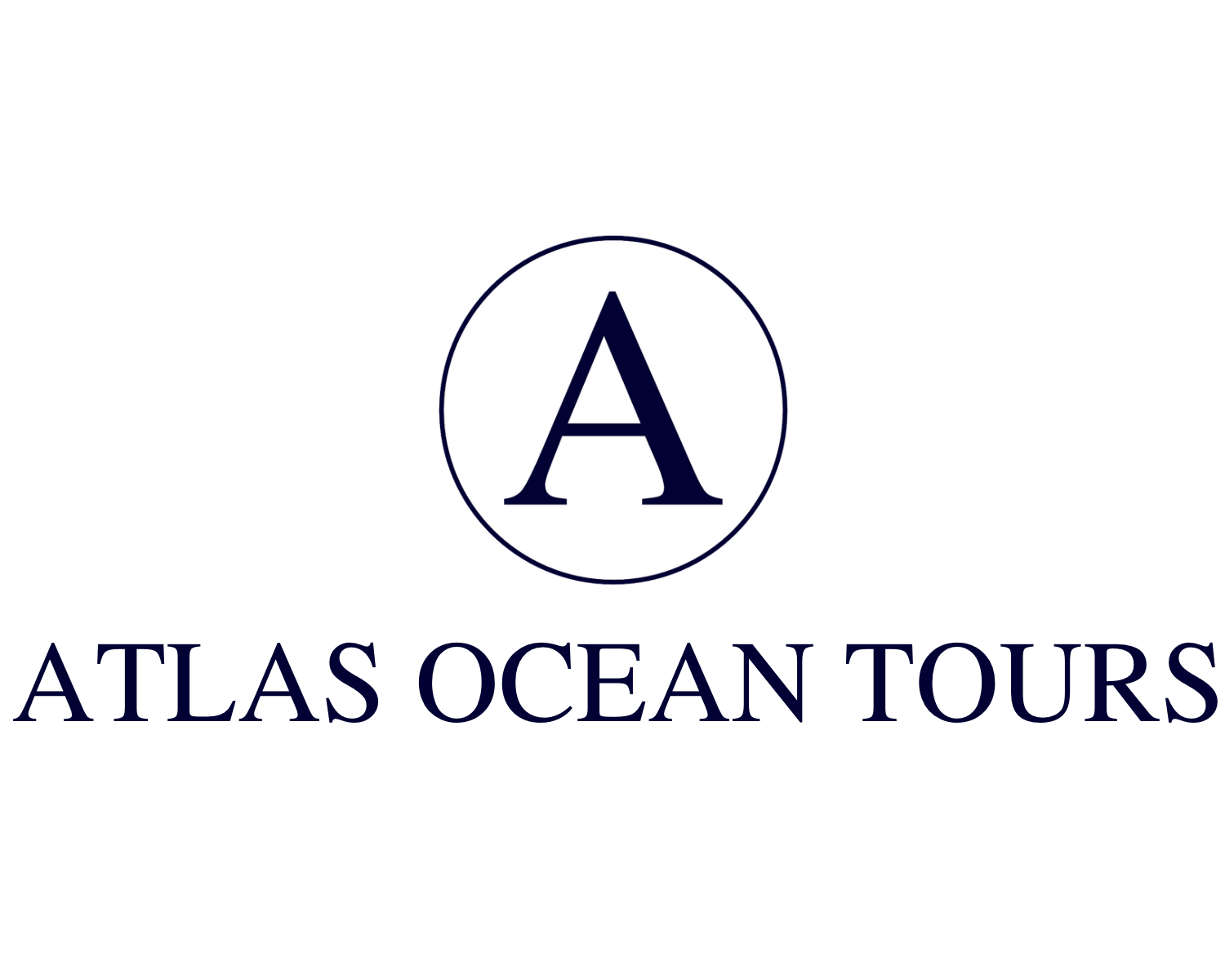Kayaking Haida Gwaii
Kayaking is an amazing way to experience the ocean, particularly if you want to get close to the rich marine environment of Gwaii Haanas. The joy of a ‘kayak mothership’ tour is that you don’t have to put up a tent at the end of a long day, or contend with the elements on a cold and wet day. The kayaks are there for you to use as much or as little as you want. We store them on the cabin top and can easily launch them for guests for morning, day and evening paddles. Some guests are in and out of the water as much as possible, and others choose not to paddle at all. It is entirely up to you – it is your holiday, and you can set your own pace depending on how you feel each day.
Your Kayaking Experience
Guests inevitably have varying degrees of experience kayaking – from no experience to keen practitioners – and we are happy to accommodate everyone. Although we offer some basic instruction on how to safely use our kayaks, if you are new to kayaking we do encourage you take an introductory kayak course (offered in most large cities). This will increase your comfort level and familiarity with kayaks before you arrive on MV Atlas and generally enrich your trip experience.
Kayaking Gear
Atlas carries six 13.5’ foot single Seaward Mantra kayaks, renowned as the ultimate recreational kayak. They are designed to give kayakers comfort and stability with agile, reassuring handling. This is a light, fun kayak!
All necessary paddling gear is provided to guests, including safety equipment. Kayakers will travel with pumps, sponges, an emergency flare kit, a throw bag, spray skirts, paddle floats, and a waterproof, floating marine VHF. Safety is our primary concern, and we comply with and enforce Parks Canada requirements for mothership kayaking.
The kayak mothership approach allows for all the benefits of touring in a kayak, without the challenges of uncooperative weather, time and distance trade-offs, and dehydrated camping food. We can also show you some of the best spots for exploring the spectacular nooks and crannies of the Gwaii Haanas coastline, where the ocean meets land.




